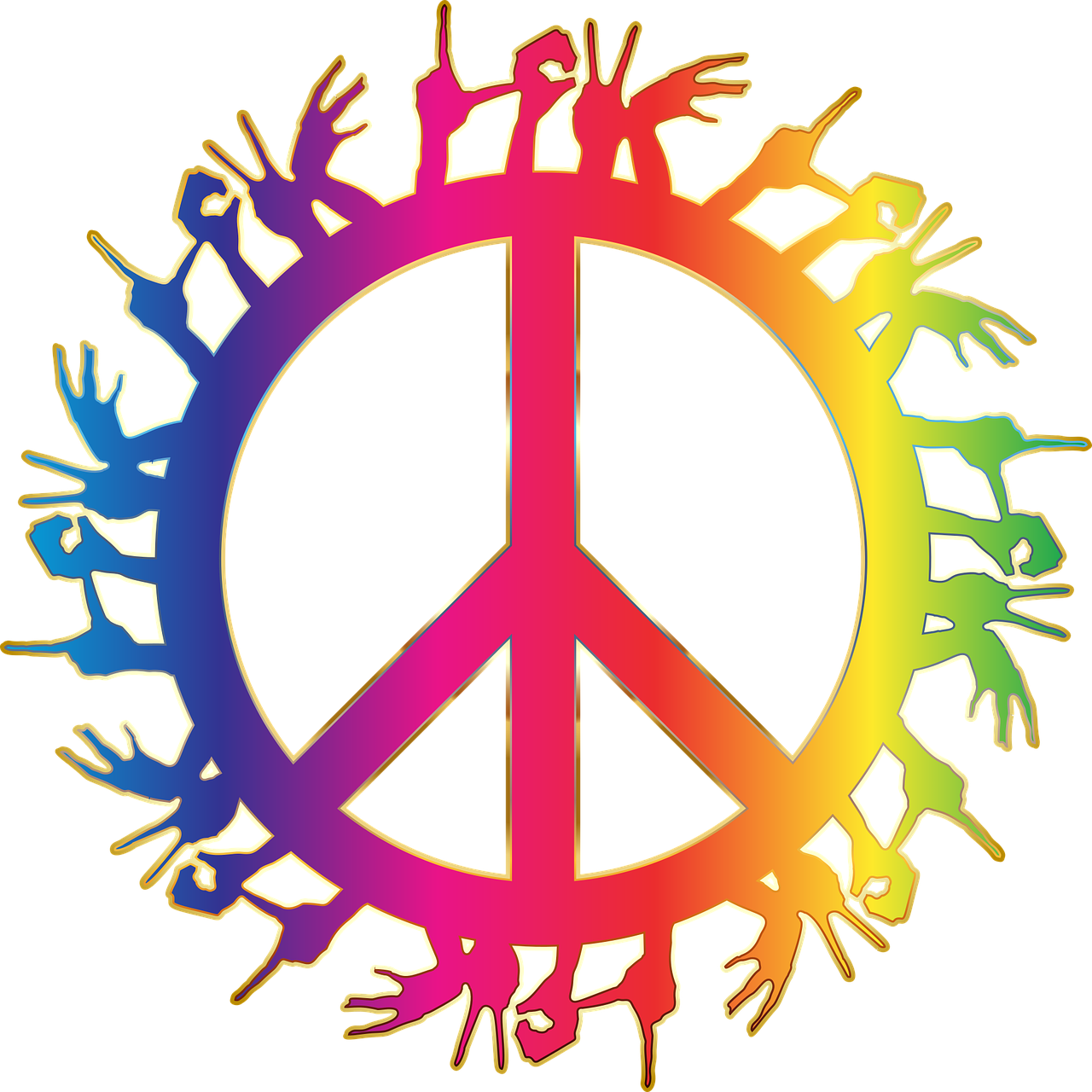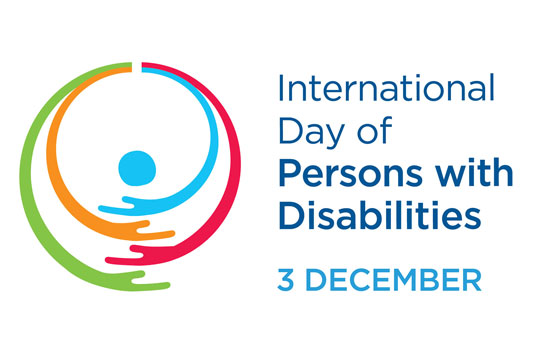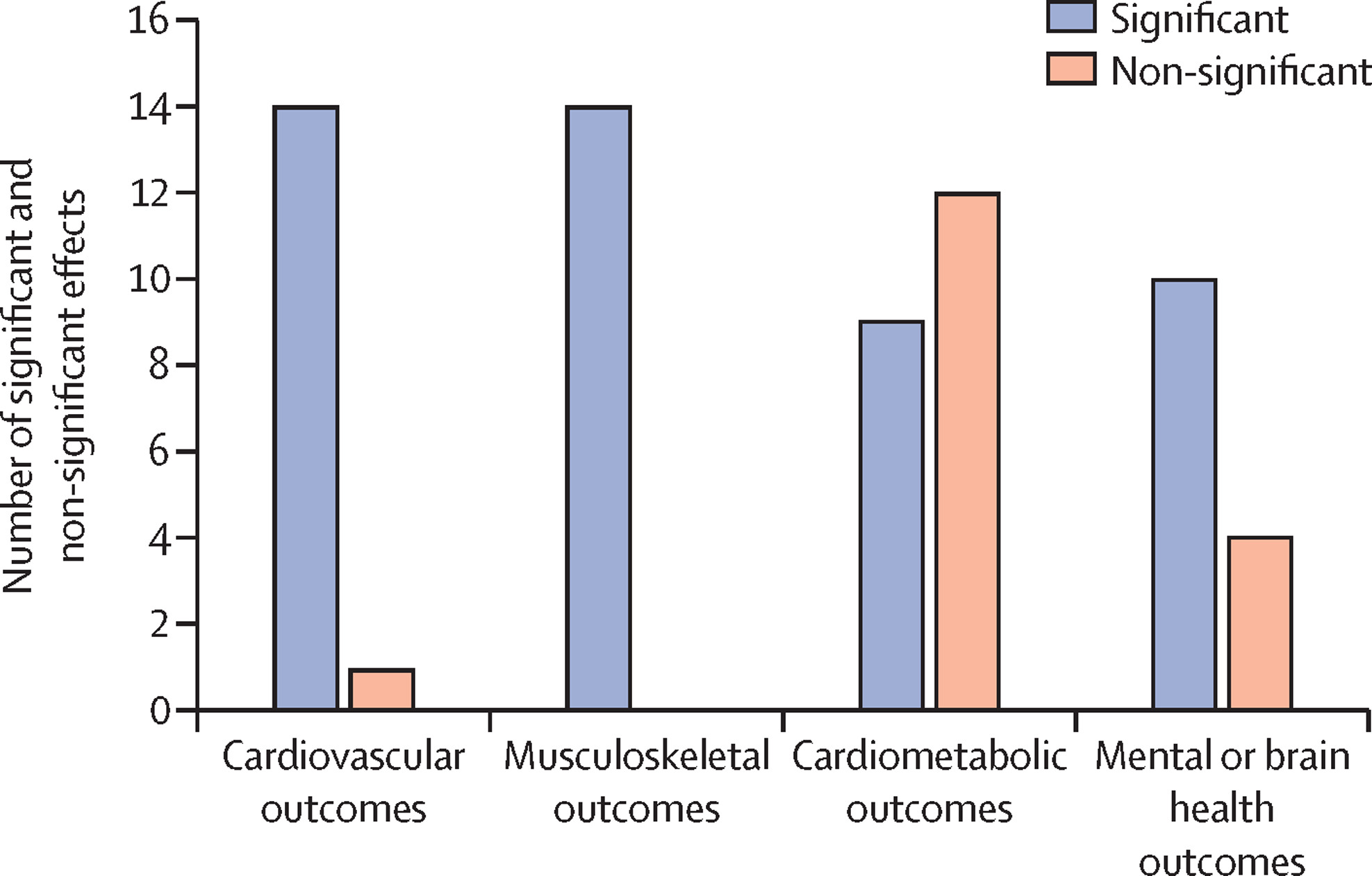Physical disability, defined as a long-term impairment that may be either congenital or a result of injury, disease, or age, affects millions of people around the world. These disabilities can range from mobility issues, such as difficulty walking or paralysis, to sensory issues like blindness or deafness. For those living with a physical disability, barriers can exist in various forms – from physical and architectural obstacles to societal and attitudinal barriers. Recognizing the importance of inclusion and equal opportunities for all, the United Nations' Sustainable Development Goals (SDGs) emphasize the significance of addressing the challenges faced by those with disabilities. Goal 10 of the SDGs, reduced inequalities, specifically underscores the need to empower and promote the social, economic, and political inclusion of all, irrespective of age, gender, disability, race, ethnicity, origin, religion, or economic or other status. This directive is an explicit call to ensure that those with physical disabilities are not left behind in the pursuit of a better and more equitable world.
A pivotal aspect of understanding this relationship between physical disability and the SDGs is examining the systemic barriers that this group faces. A significant barrier is the lack of accessible infrastructure. Unaccommodating transportation systems, buildings without ramps or elevators, and public spaces that are not designed keeping in mind those with disabilities can severely limit their participation in society. By addressing this, Goal 11 of the SDGs, sustainable cities and communities, directly impacts those with physical disabilities. By ensuring that cities and human settlements are inclusive, safe, resilient, and sustainable, it ensures that everyone, regardless of physical ability, has equal access to urban spaces and services.
Furthermore, those with physical disabilities often face societal discrimination and marginalization, hindering their ability to access quality education and employment opportunities. Goal 4, which aims for quality education, and Goal 8, which promotes decent work and economic growth, together recognize the importance of inclusive education and work environments. By facilitating access to quality education for those with disabilities, society not only empowers them with knowledge but also breaks down misconceptions and biases that perpetuate discrimination. Similarly, inclusive work environments ensure that those with physical disabilities can contribute to the economy and live independently, enriching both their personal lives and society at large.
However, the commitment to the rights and well-being of those with physical disabilities shouldn't be confined to only specific SDGs. It's a cross-cutting concern that should be integrated across all development efforts. From ensuring health and well-being (Goal 3) by providing specialized care and rehabilitation services to recognizing the unique challenges faced by disabled women and girls in achieving gender equality (Goal 5), the lens of physical disability needs to be incorporated in the holistic pursuit of all SDGs.
International Day of Sign Languages 2024
The world is home to diverse cultures, languages, and traditions. One aspect of this rich tapestry of human expression is sign language. Every year, the International Day of Sign Languages (IDSL) serves as a reminder of the significance of sign languages as a means of communication for the deaf community and their role in ensuring a more inclusive and accessible world.
The Significance of the Day
Approximately 1·5 billion people worldwide live with a physical, mental, sensory, or intellectual disability, about 80% of which are in low-income and middle-income countries. This Series paper provides a global overview of the prevalence, benefits, and promotion policies for physical activity for people living with disabilities (PLWD). PLWD are 16–62% less likely to meet physical activity guidelines and are at higher risk of serious health problems related to inactivity than people without disabilities.
Children and youth with intellectual and developmental disabilities (I/DD) are at increased risk for obesity, metabolic syndrome, type 2 diabetes, hypertension, hyperlipidemia, and a host of other co-morbidities. By adulthood, this population is at very high risk for multiple co-morbidities that significantly shorten life expectancy and have negative impact on quality of life. Despite these disparities, children and youth with I/DD have limited access to resources and opportunities to engage in programming that appropriately address their needs.
Improving Library Services to People with Disabilities, Chandos Information Professional Series, 2007, Pages 65-86



